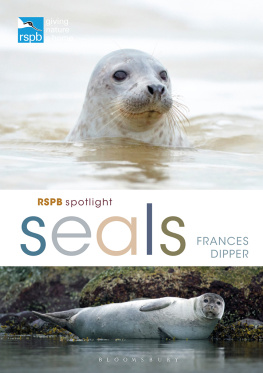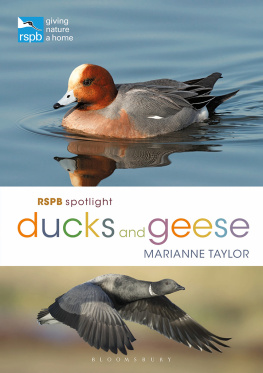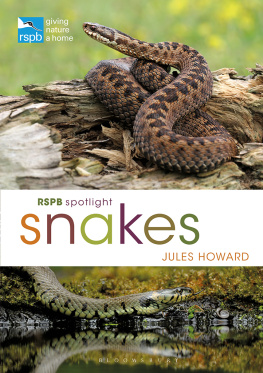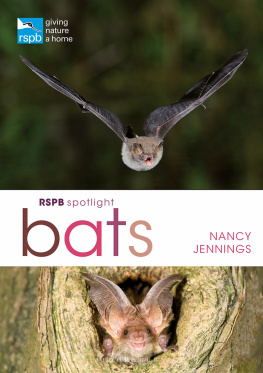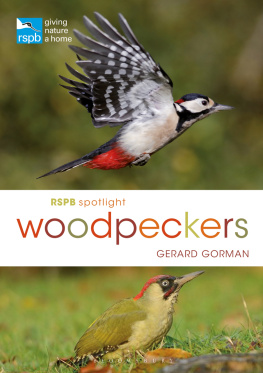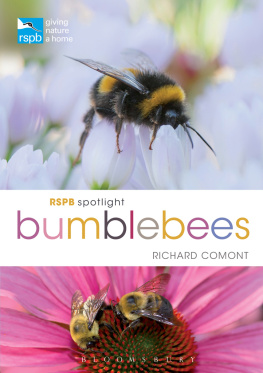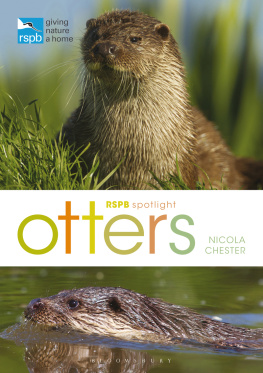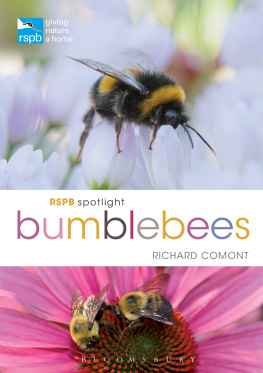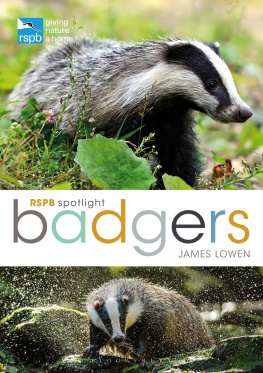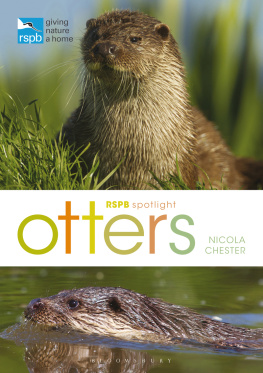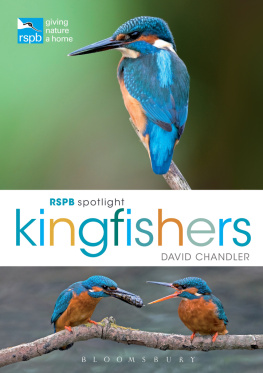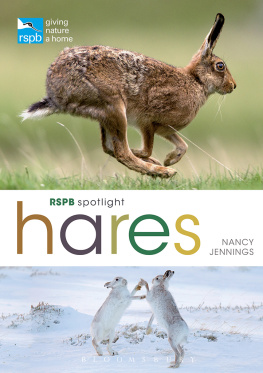FRANCES DIPPER - RSPB SPOTLIGHT SEALS.
Here you can read online FRANCES DIPPER - RSPB SPOTLIGHT SEALS. full text of the book (entire story) in english for free. Download pdf and epub, get meaning, cover and reviews about this ebook. City: S.l., year: 2021, publisher: BLOOMSBURY WILDLIFE, genre: Romance novel. Description of the work, (preface) as well as reviews are available. Best literature library LitArk.com created for fans of good reading and offers a wide selection of genres:
Romance novel
Science fiction
Adventure
Detective
Science
History
Home and family
Prose
Art
Politics
Computer
Non-fiction
Religion
Business
Children
Humor
Choose a favorite category and find really read worthwhile books. Enjoy immersion in the world of imagination, feel the emotions of the characters or learn something new for yourself, make an fascinating discovery.
- Book:RSPB SPOTLIGHT SEALS.
- Author:
- Publisher:BLOOMSBURY WILDLIFE
- Genre:
- Year:2021
- City:S.l.
- Rating:4 / 5
- Favourites:Add to favourites
- Your mark:
- 80
- 1
- 2
- 3
- 4
- 5
RSPB SPOTLIGHT SEALS.: summary, description and annotation
We offer to read an annotation, description, summary or preface (depends on what the author of the book "RSPB SPOTLIGHT SEALS." wrote himself). If you haven't found the necessary information about the book — write in the comments, we will try to find it.
RSPB SPOTLIGHT SEALS. — read online for free the complete book (whole text) full work
Below is the text of the book, divided by pages. System saving the place of the last page read, allows you to conveniently read the book "RSPB SPOTLIGHT SEALS." online for free, without having to search again every time where you left off. Put a bookmark, and you can go to the page where you finished reading at any time.
Font size:
Interval:
Bookmark:


BLOOMSBURY WILDLIFE
Bloomsbury Publishing Plc
50 Bedford Square, London, WC1B 3DP, UK
29 Earlsfort Terrace, Dublin 2, Ireland
This electronic edition published in 2021 by Bloomsbury Publishing Plc
BLOOMSBURY, BLOOMSBURY WILDLIFE and the Diana logo are trademarks of Bloomsbury Publishing Plc
First published in United Kingdom 2021
Copyright Frances Dipper, 2021
Copyright 2021 photographs and illustrations as credited on page 127
Frances Dipper has asserted her right under the Copyright, Designs and Patents Act, 1988, to be identified as Author of this work
For legal purposes the constitute an extension of this copyright page
All rights reserved
You may not copy, distribute, transmit, reproduce or otherwise make available this publication (or any part of it) in any form, or by any means (including without limitation electronic, digital, optical, mechanical, photocopying, printing, recording or otherwise), without the prior written permission of the publisher. Any person who does any unauthorised act in relation to this publication may be liable to criminal prosecution and civil claims for damages.
Bloomsbury Publishing Plc does not have any control over, or responsibility for, any third-party websites referred to in this book. All internet addresses given in this book were correct at the time of going to press. The author and publisher regret any inconvenience caused if addresses have changed or sites have ceased to exist, but can accept no responsibility for any such changes
A catalogue record for this book is available from the British Library
Library of Congress Cataloguing-in-Publication data has been applied for
ISBN: 978-1-4729-7162-3 (PB)
ISBN: 978-1-4729-7161-6 (eBook)
ISBN: 978-1-4729-7163-0 (ePDF)
Design by Rod Teasdale
To find out more about our authors and their books please visit www.bloomsbury.com where you will find extracts, author interviews and details of forthcoming events, and to be the first to hear about latest releases and special offers, sign up for our newsletters.

Published under licence from RSPB Sales Limited to raise awareness of the RSPB (charity registration in England and Wales no 207076 and Scotland no SC037654).
For all licensed products sold by Bloomsbury Publishing Limited, Bloomsbury Publishing Limited will donate a minimum of 2% from all sales to RSPB Sales Ltd, which gives all its distributable profits through Gift Aid to the RSPB.
Contents

Twisting and turning effortlessly in their underwater world, seals are champion swimmers, the sleekest and most agile of all marine mammals. Their aquatic acrobatics allow them to sneak around rocks, appear through curtains of seaweed and swim fast enough to catch a wide variety of fish their favourite food. Seals spend most of their time underwater, invisible to us as they hunt, explore and play near the coast. It is only when they surface for a breath or during the short times they spend on land that we have the chance to see them.

Resting on remote and undisturbed shores, Common Seals are a picture of relaxed contentment.
The seals and their close relatives, the sea lions and Walrus (Odobenus rosmarus), together form a group called Pinnipedia, or the pinnipeds. This translates roughly from the Latin as having feet as fins, which is indeed what these marine mammals have two pairs of large fins, more usually called flippers. These and their streamlined body are what make them such excellent swimmers, but they also make them rather slow and clumsy on land. If seals are disturbed when resting on the seashore, they will slip quickly back into the water, where they are safer and feel much more at home. Once there, curiosity will often overcome them and they will bob to the surface, craning their head up and around to peer at boats and strange two-legged humans.
Pinnipeds are one of three main groups of marine mammals, the other two being the cetaceans (whales, dolphins and porpoises) and sirenians (dugongs and manatees). The Sea Otter (Enhydra lutris) and the Polar Bear (Ursus maritimus) are also classed as marine mammals. These groups of animals are not necessarily closely related, but are defined as true marine mammals because they get all their food from the sea (although Polar Bears also scavenge on land). All mammals, wherever they live, have two things in common: they feed their young milk, and they have hair even if, as in cetaceans, it is rather sparse. Seals grow a thick fur and fatty blubber that helps them keep warm.

South American Sea Lions (Otaria flavescens) hauled out on rocks in Patagonia, South America.
Shaped for swimming

A seals skeleton is designed for flexibility. Unlike most mammals, they do not have a clavicle (collar bone).
Swimming through water is hard work, but streamlining can help reduce drag. The most efficient body shape for aquatic animals is a cylinder that tapers at both ends, which is why tuna and other fast predatory fish are this shape. Seals have a similar torpedo-like body with very few projecting parts that might slow them down. Their limbs are shortened and only the flippers are visible from the outside. There are no visible mammary glands in females, as these are internal and the teats are kept turned in until nuzzling by newborn pups pops them out. Similarly, the male seals sex organs are internal. This is in contrast to terrestrial mammals, in which the male sex organs are carried externally to keep them cool (overheating is not a problem in marine environments). While most land mammals (including humans) have obvious external ears, seals either have very small ear flaps or just a small hole on the side of the head.

Seals have a similar streamlined shape to fast predatory fish such as Bigeye Trevally (Caranx sexfasciatus). These, and top speeders like billfishes, fold their dorsal and pectoral fins away to reduce drag at top speeds.
Native species
Our coastal waters are home to two species of seal, the Grey Seal (Halichoerus grypus) and the Common or Harbour Seal (Phoca vitulina).
Grey Seal
Grey Seals live in the North Atlantic Ocean, and about 34 per cent of the world population is found all around the coasts of the British Isles, but especially in the Western Isles (Outer Hebrides) and the Orkney Islands off Scotland. Smaller numbers live around Scandinavia and in the Baltic Sea, around Iceland and along the coastline of north-eastern North America. Unlike Common Seals, Grey Seals are happy on wild, wave-tossed shores. The latest UK non-pup population estimate (2017) is 150,000 and the estimated world population of mature individuals (2016) is 316,000.
Font size:
Interval:
Bookmark:
Similar books «RSPB SPOTLIGHT SEALS.»
Look at similar books to RSPB SPOTLIGHT SEALS.. We have selected literature similar in name and meaning in the hope of providing readers with more options to find new, interesting, not yet read works.
Discussion, reviews of the book RSPB SPOTLIGHT SEALS. and just readers' own opinions. Leave your comments, write what you think about the work, its meaning or the main characters. Specify what exactly you liked and what you didn't like, and why you think so.

